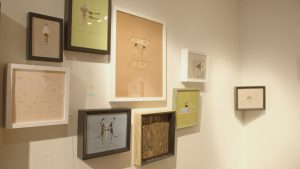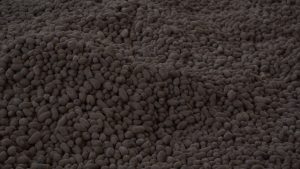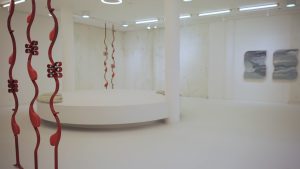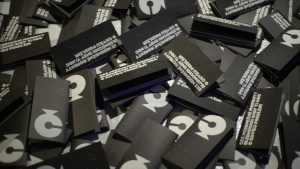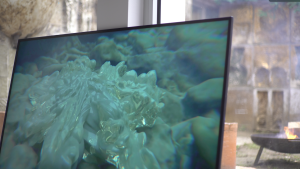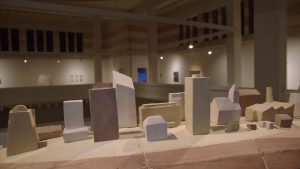Embed
Embed
Zámerom výstavy je prezentovať holuby v kontexte nenaplneného sna o utopickom živote v socialistických krajinách. Aj napriek tomu, že holubice boli frekventovaný mierový námet umelcov východného bloku, autorka vyrastajúca už v demokracii ich význam s generačným odstupom chápe inak. Na aktuálnej výstave svojich protagonistov zatvára do klietok, vrství ich a vytvára z nich panelové domy, pričom každú bunku napĺňa individuálnym príbehom o generačnej traume, ktorú si aj napriek skoro trom desiatkam rokov života v demokracii stále nesieme. Klietka narúša pohľad na dokonalé sociálne bývanie a premieňa utopický ideál na dystopickú katastrofu izolácie. Podobne ako sú šľachtene holuby nútené žiť vo svojich pohodlných holubníkoch, častokrát strácajúc schopnosť lietať, človek socialistický stratil svoje právo na slobodu či sebavyjadrenie.
The aim of the exhibition is to present pigeons in the context of an unfulfilled dream of utopian life in socialist countries. Despite the fact that doves were a frequent symbol of peace among artists of the Eastern Bloc, the artist, who grew up in a democracy, interprets their significance differently with generational distance.
In this exhibition, she places her protagonists in cages, layers them, and transforms them into panel houses, with each cell filled with an individual story of generational trauma—a burden carried even after nearly three decades of living in a democracy. The cage disrupts the vision of perfect social housing and turns the utopian ideal into a dystopian catastrophe of isolation.
Much like domesticated pigeons are forced to live in their comfortable lofts, often losing the ability to fly, the socialist person lost their right to freedom and self-expression.
